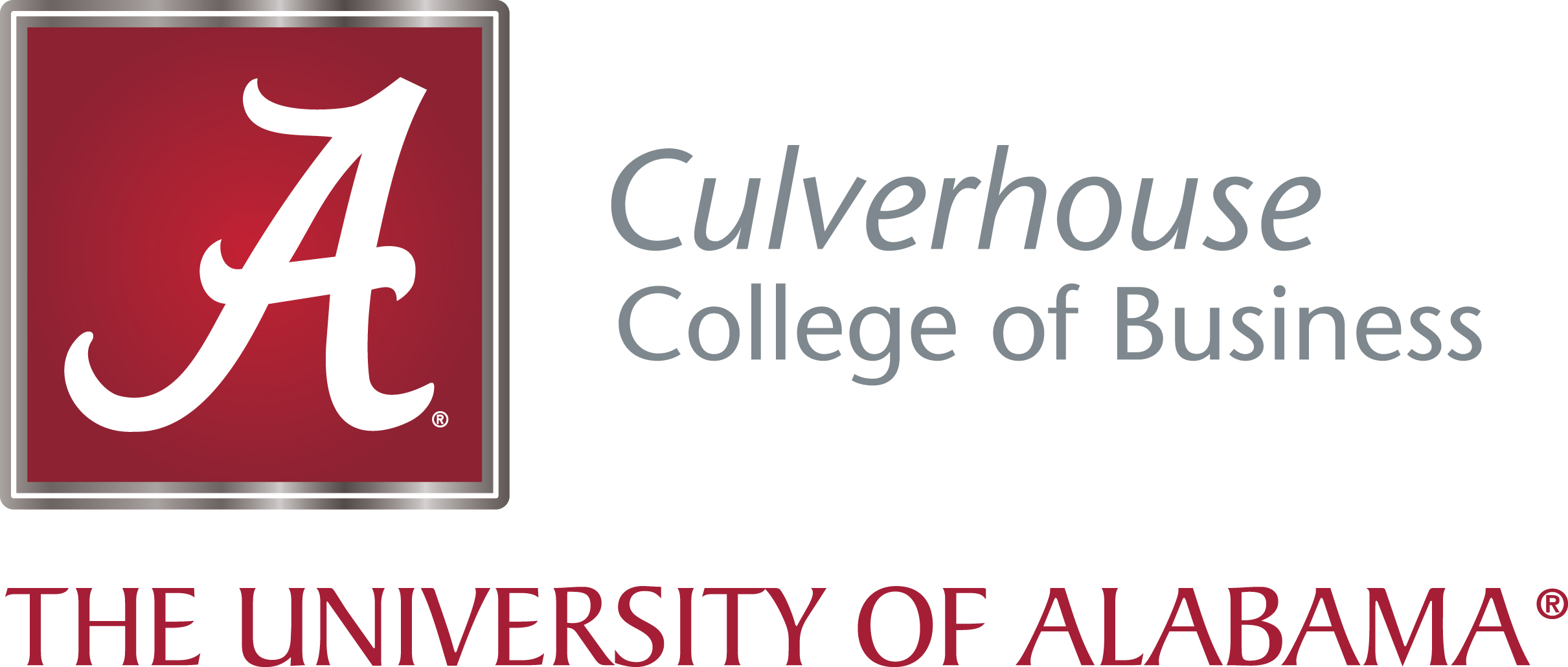TUSCALOOSA, Ala. — Alabama has more jobs now than before the Great Recession, according to the latest economic indicators from The University of Alabama Center for Business and Economic Research.
With a 12-month job increase of 1.3 percent, or 26,800, to 2,048,000, the total tally of nonfarm jobs finally exceeds the previous high of 2,026,700 jobs last seen in December 2007, which was the beginning of the longest and deepest recession since the Great Depression of the 1930s.
“Job growth was spread across all sectors, with better economic conditions overall and improving consumer attitudes and spending habits chief drivers of the gains,” said Dr. Sam Addy, director of UA’s CBER and an Alabama business expert.
The complete report can be downloaded here.
Nearly all areas of the state saw job growth, according to the report. Huntsville was the big winner with 7,800 jobs. The other metro area winners include Birmingham-Hoover at 5,200, Daphne-Fairhope-Foley and Montgomery at 2,600 apiece, Mobile at 1,400, Anniston-Oxford-Jacksonville at 1,300 and Decatur at 700. Other metro areas made up the rest of the gains, save Auburn-Opelika, which lost 200 jobs.
This growth in the number of jobs runs concurrent with the overall growth in the state’s economy, which was about 2.2 percent for 2018. Projections show, however, that growth may slow slightly to 2.0 percent for 2019, with the total size of the economy predicted to stand at about $191 billion.
Continued business confidence is also reflected in the state’s pronounced growth in exports. According to the U.S. Department of Commerce’s International Trade Administration, Alabama exports increased by $1.3 billion, or 6.4 percent, in 2017 to $21.8 billion. At that level, exports accounted for approximately 11.7 percent of the state’s GDP.
Transportation equipment was the state’s top export product in 2017, with shipments rising by 2.4 percent ($260 million) to almost $11 billion.
“It’s looking like there may be a global economic slowdown on the horizon,” said Addy. “As a result, we expect that state exports will most likely stay flat or decline slightly in the near term, however, transportation equipment and chemicals manufacturers will continue to remain major exporters.”
CBER plans on discussing the state’s economic indicators at its 2019 Alabama Economic Outlook Conference Jan. 10, 2019, in Montgomery. Contact mbtatum@cba.ua.edu for info on registration.
The Center for Business and Economic Research, or CBER, is a research unit housed within the Culverhouse College of Business at The University of Alabama that focuses on providing data analysis and forecasting related to gross domestic product, employment and income in the state of Alabama.
Contact
Zach Thomas, 205-348-8318, zthomas@cba.ua.edu
Source
Dr. Ahmad Ijaz, CBER executive director and director of economic forecasting, 205-348-2955, aijaz@culverhouse.ua.edu
